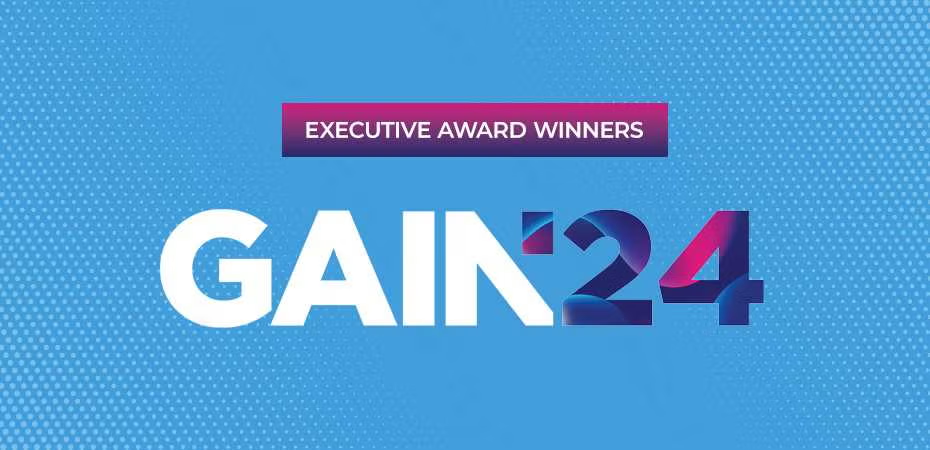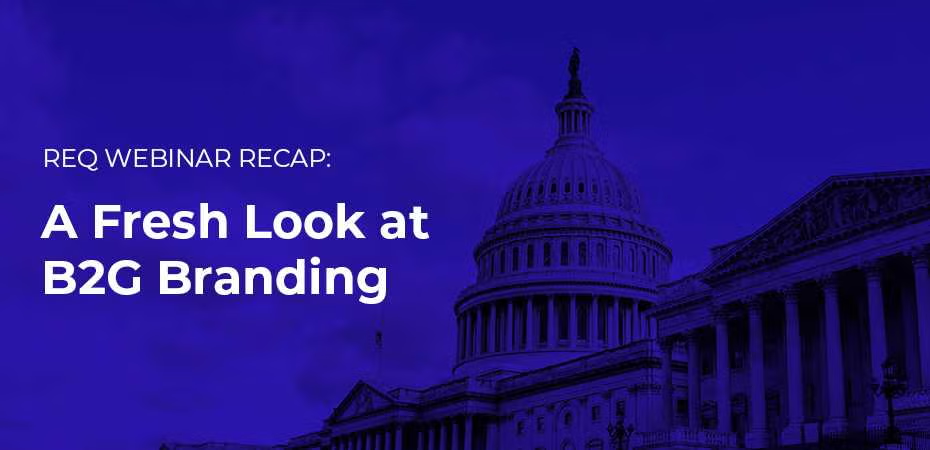January 7, 2025
| Article | by Kendall Adams | Advertising,
Public Relations,
Technology
AI in B2G: Enhancing Engagement and Driving Results
Artificial intelligence (AI) is no longer a distant prospect; it’s an essential tool reshaping how organizations engage in the business-to-government (B2G) space. While the technology evolves at a breakneck pace, a fundamental truth remains: success hinges not on being an AI expert but on being AI-ready. This means adopting a strategic, thoughtful approach to blending AI capabilities with existing expertise and processes.
Insights from the 2024 Mid-Atlantic MarCom Summit session on AI-driven B2G marketing, featuring leaders from Leidos, Adobe, Optiv + Clearshark and ServiceNow, reveal a compelling roadmap for leveraging AI effectively in this sector.
Moving Beyond the Hype
The true value of AI lies in enhancing—not replacing—human creativity and strategy. Teams are already seeing significant benefits from AI integration. One speaker, Alyssa Pettus from Leidos, shared that her team has already saved 12,000 hours this year by using AI tools. These tools automate repetitive tasks, enabling teams to focus on strategy, creativity, and personalization. Nancy Mcnee Newell from Adobe discussed their tool, Firefly. Firefly generates personalized imagery for use in content and social media.
The public sector, however, has been slower to adopt AI-driven solutions, particularly in areas like customer relationship management (CRM). But as Tom Mahoney from Optiv + Clearshark noted, early adopters are gaining a strategic edge by using AI to streamline operations and create more engaging customer experiences.
AI as a Tactical Partner
AI’s strength lies in executing well-defined tasks and pulling insights from disparate data sources. Yet, it’s not a replacement for overarching strategy. Effective use of AI starts with aligning its capabilities to an organization’s brand goals and messaging frameworks.
For marketers, this means feeding AI tools with clear, precise prompts and equipping them with robust guidelines that reflect the organization’s values and legal boundaries. Alyssa Pettus of Leidos emphasized the importance of educating AI tools on brand integrity to ensure outputs align with organizational standards.
Building a Sustainable AI Framework
To harness AI’s full potential, teams should integrate it thoughtfully. This starts with a clear framework for implementation. By prompting AI to generate responses frequently—up to 200 times a week in some cases—marketers can refine their processes, ensuring accuracy and repeatability. Ellis emphasized the importance of feeding AI tools with the ideal customer persona and refining marketing funnels to accelerate the sales cycle.
AI also introduces new risks. Tools like Adobe Firefly, while powerful, can generate misinformation or incorrect visuals. This underscores the need for rigorous internal controls, including user checks and security protocols. By addressing these challenges proactively, marketers can leverage AI as a force multiplier, streamlining everything from content creation to data ingestion.
The Future of B2G Engagement with AI
AI represents not just a technological evolution but a paradigm shift in B2G engagement. It offers tools to refine workflows, personalize customer interactions, and align cross-functional teams more effectively. However, organizations must approach this technology with a mix of optimism and caution, prioritizing thoughtful integration and ongoing experimentation.
As we continue to navigate the AI frontier, one thing is certain: the journey requires adaptability, collaboration, and a commitment to aligning technological capabilities with human creativity and strategic vision. By doing so, marketers can harness AI to deliver unprecedented value in the B2G space.

